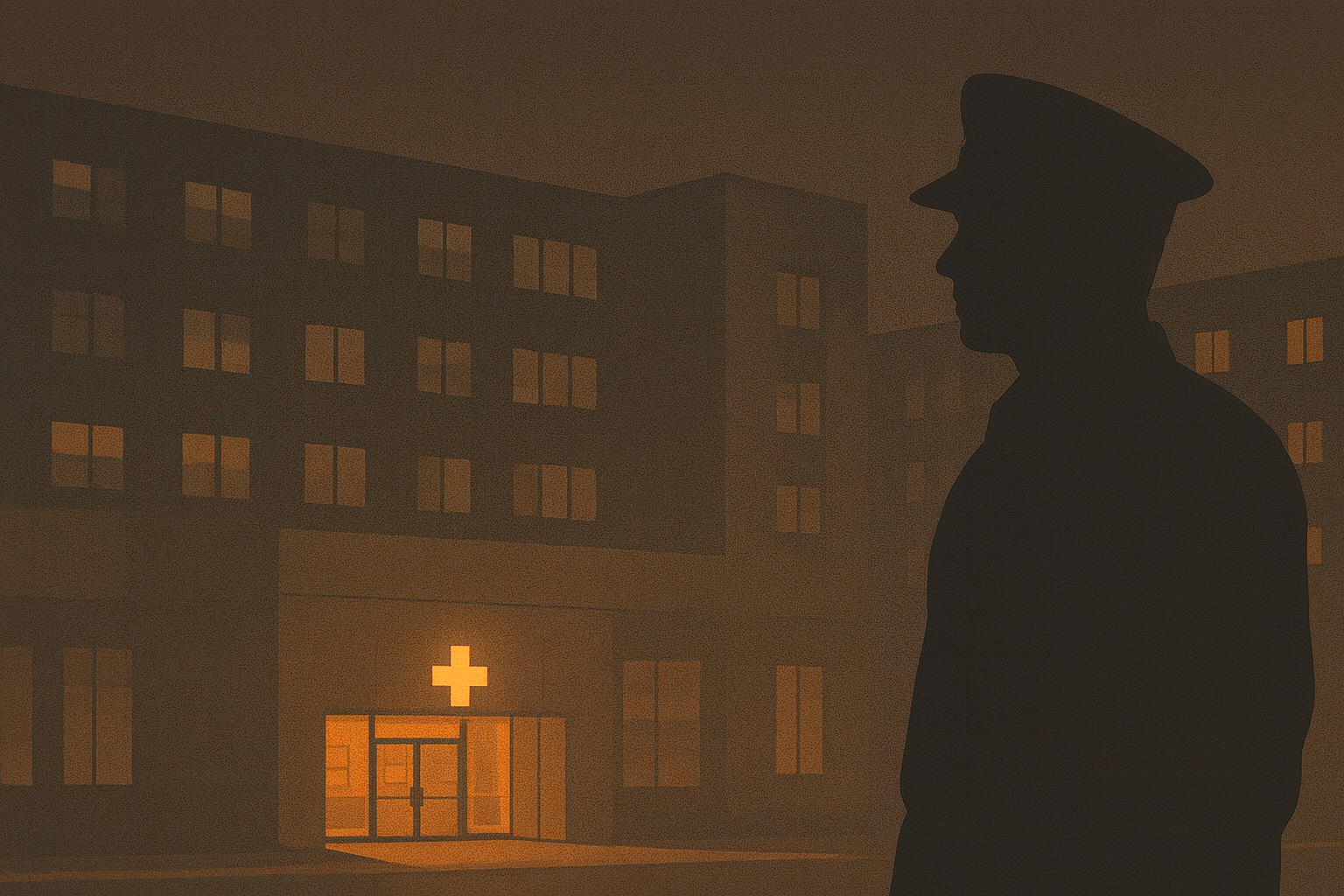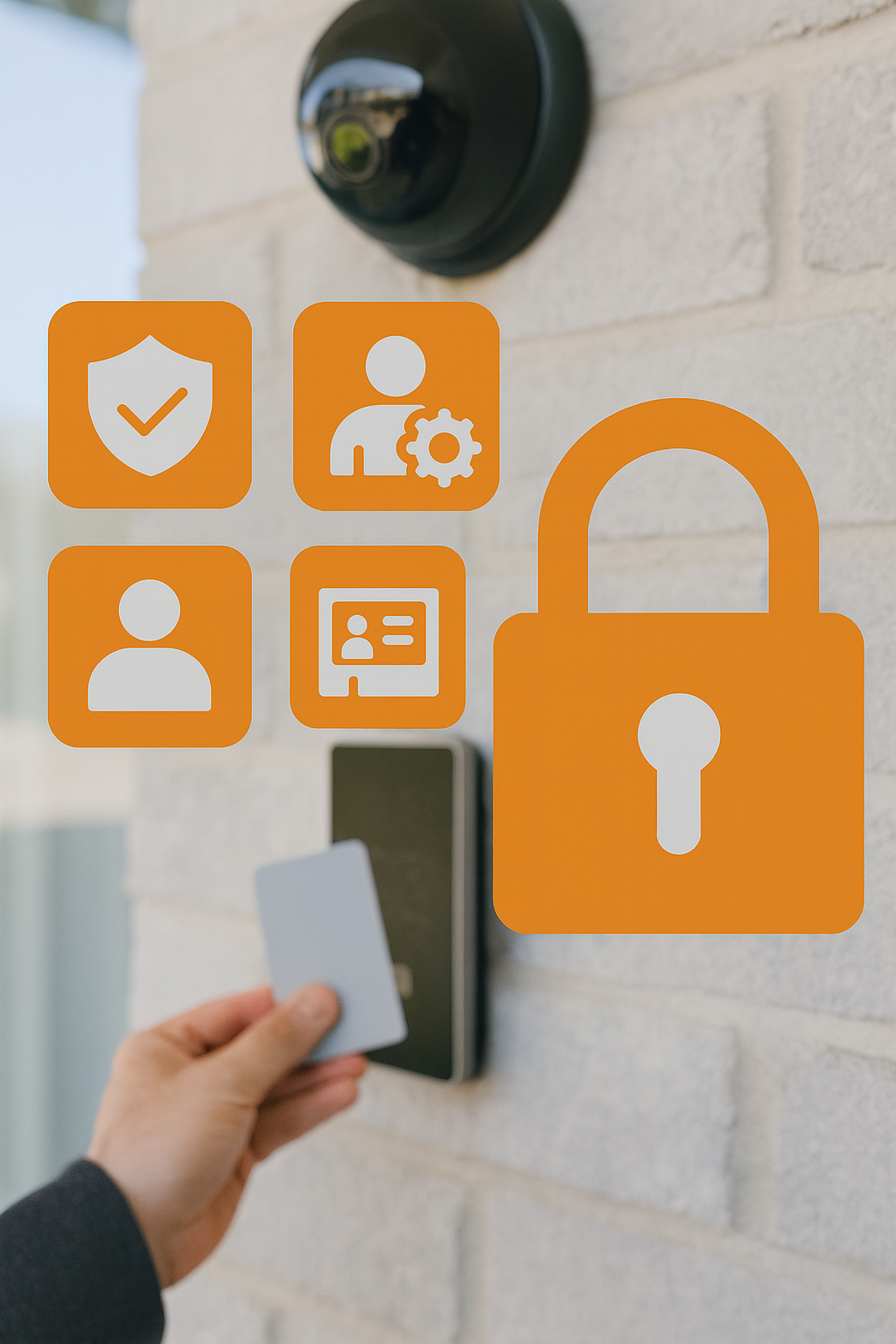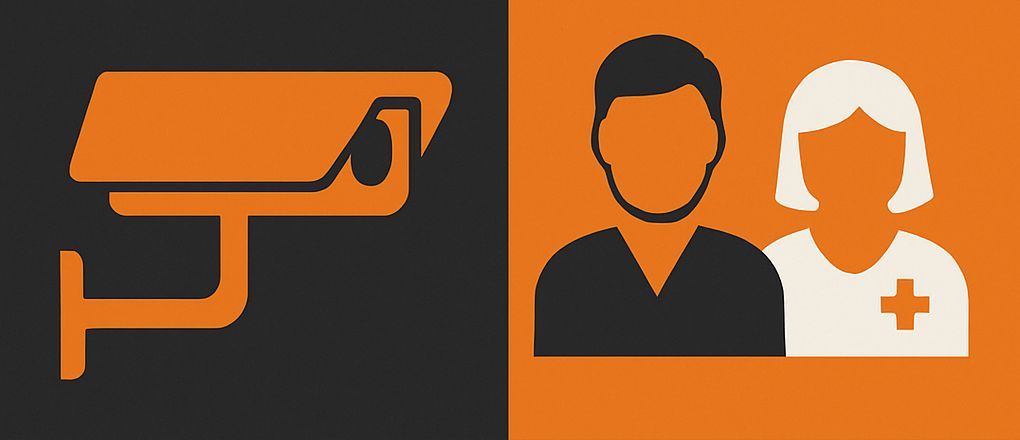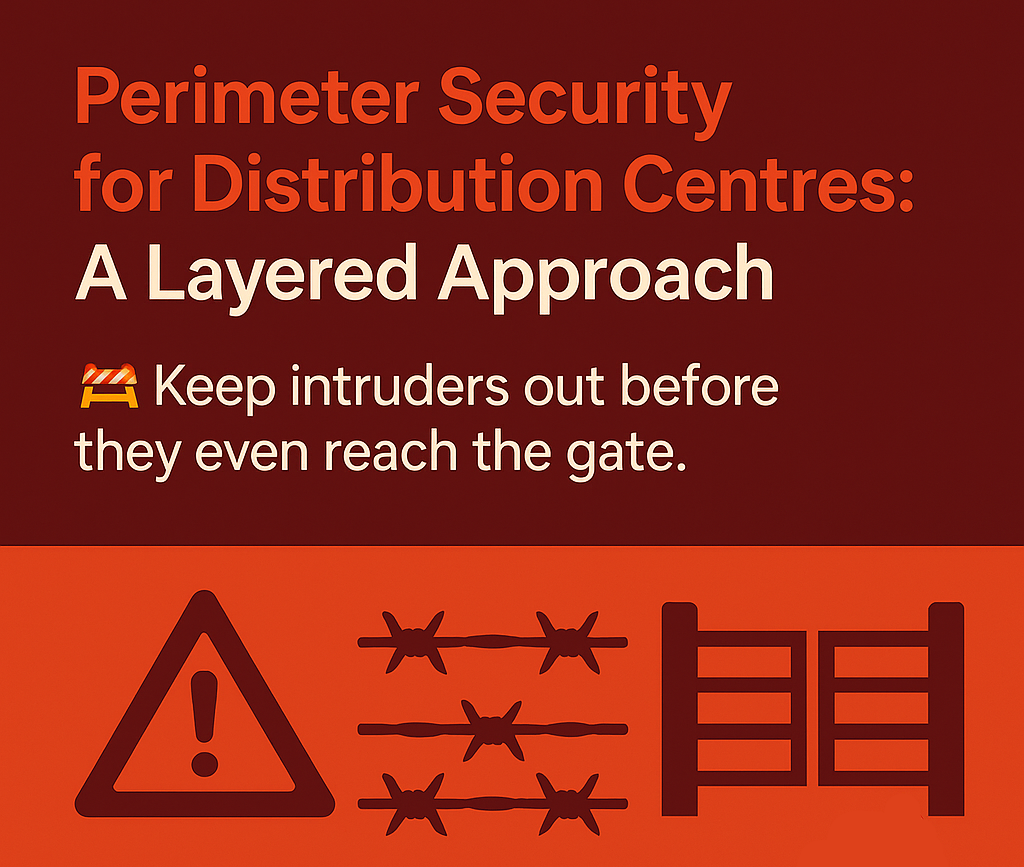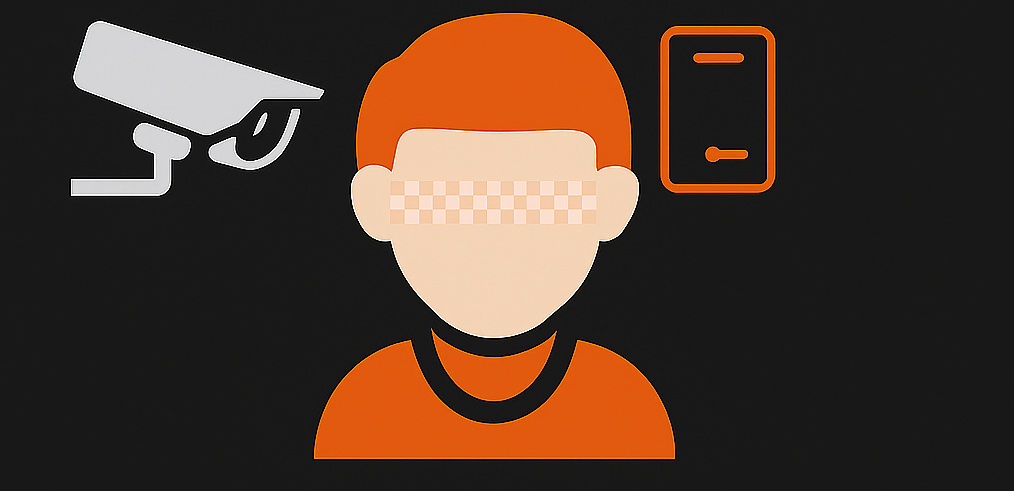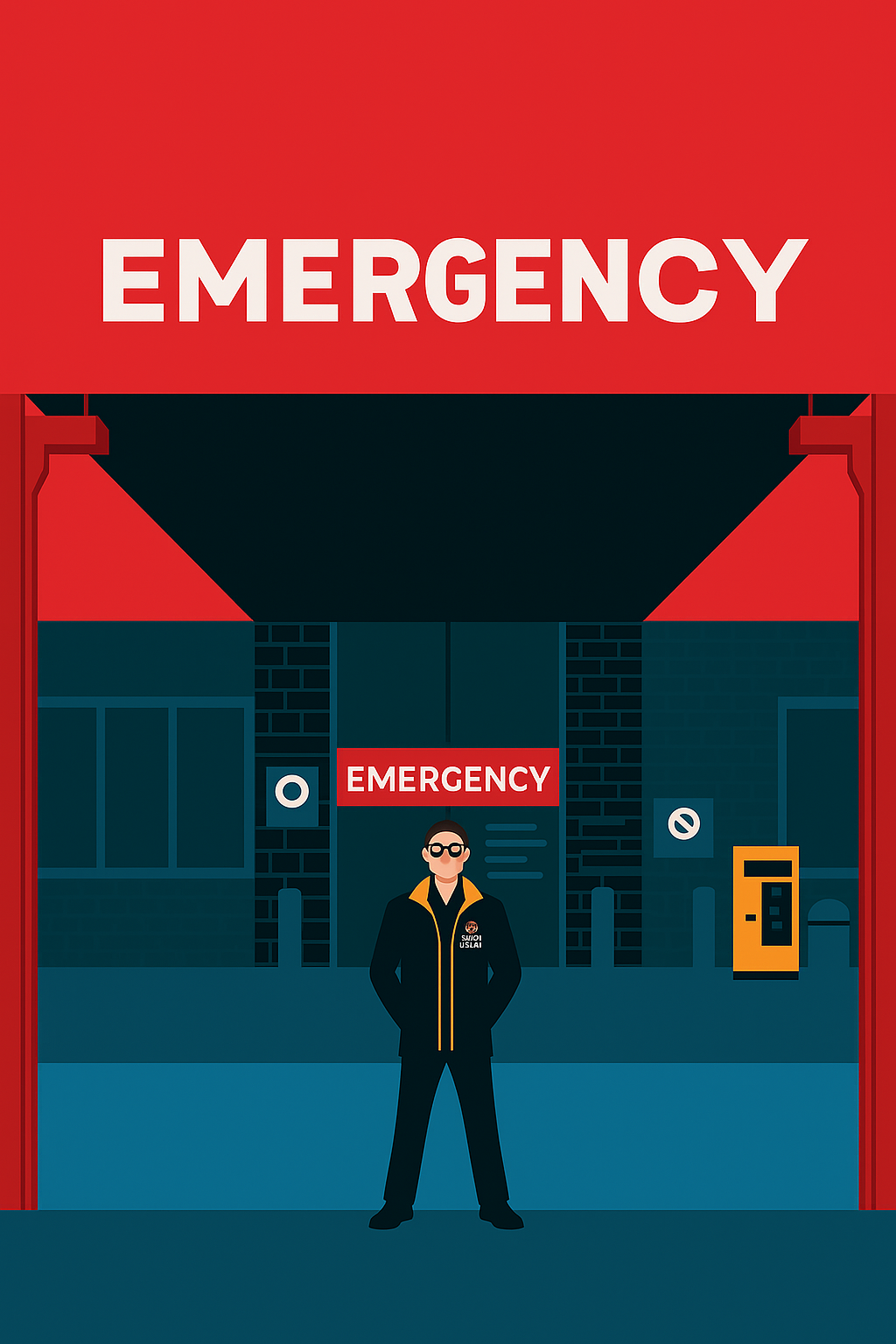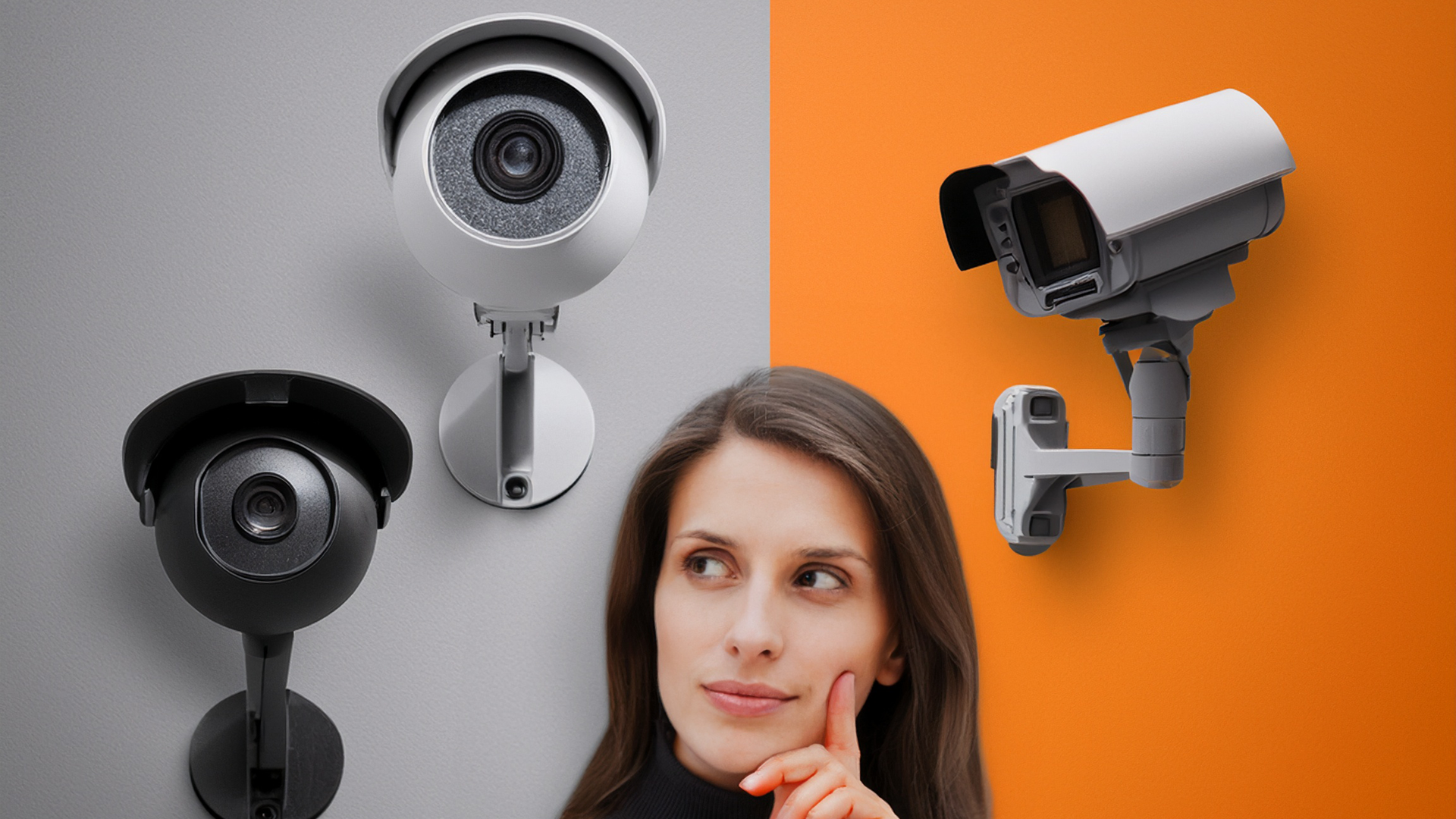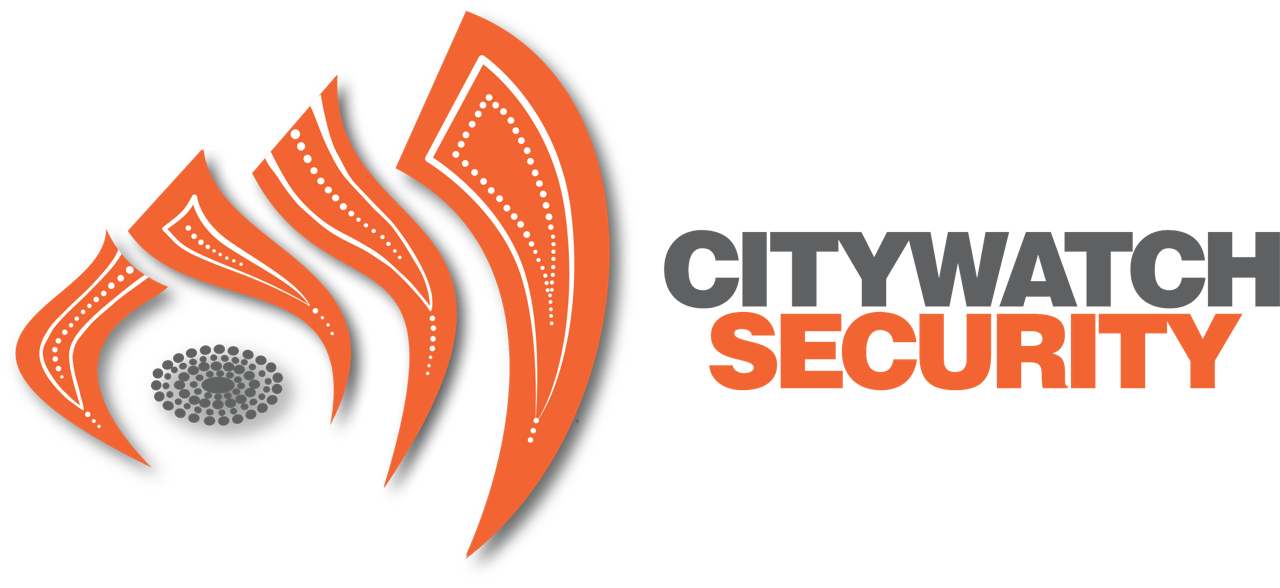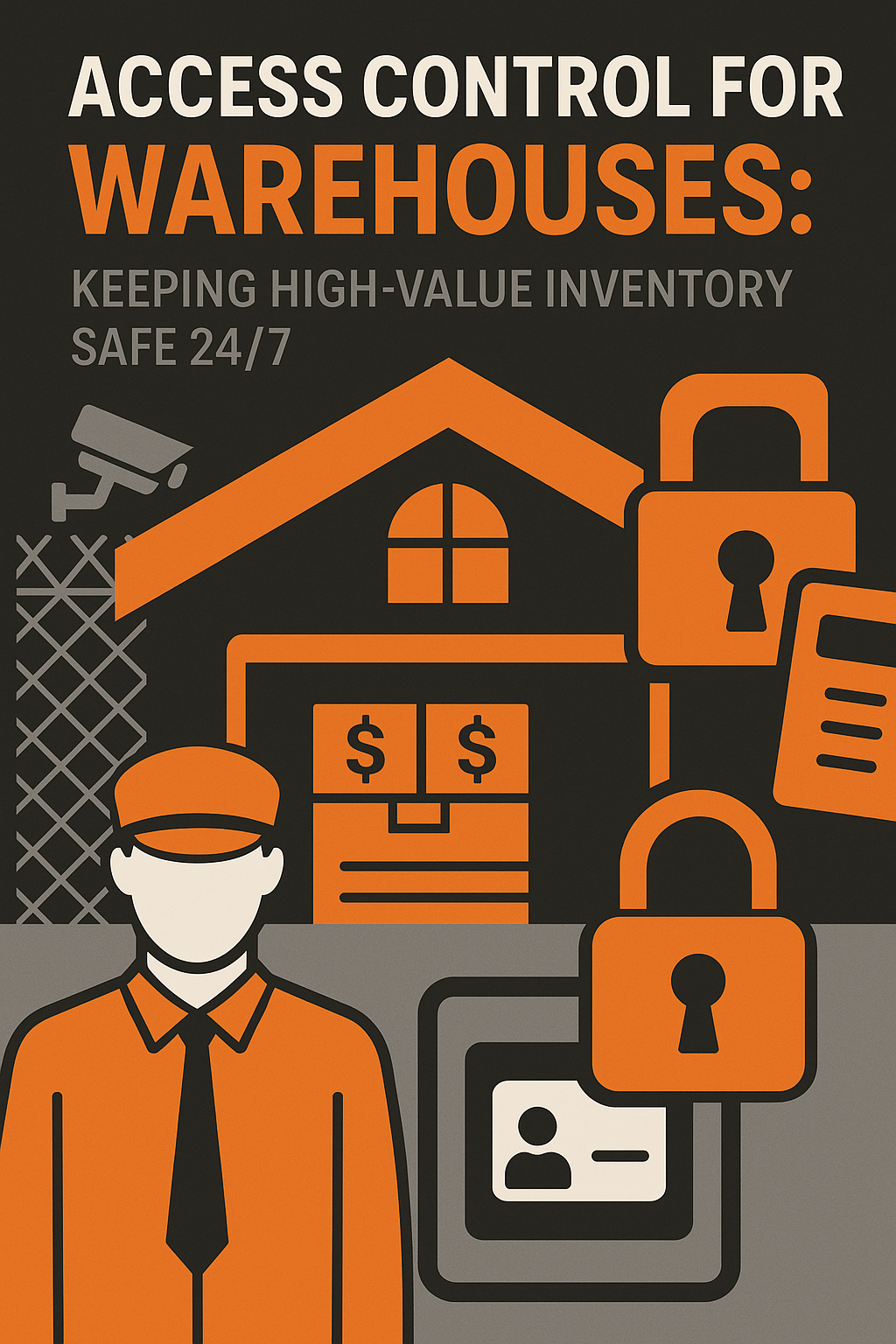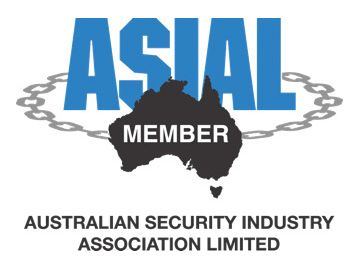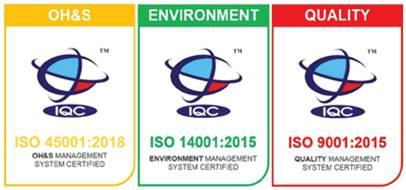Understanding the IT Needs of Video Surveillance
UNDERSTANDING THE IT NEEDS OF VIDEO SURVEILLANCE
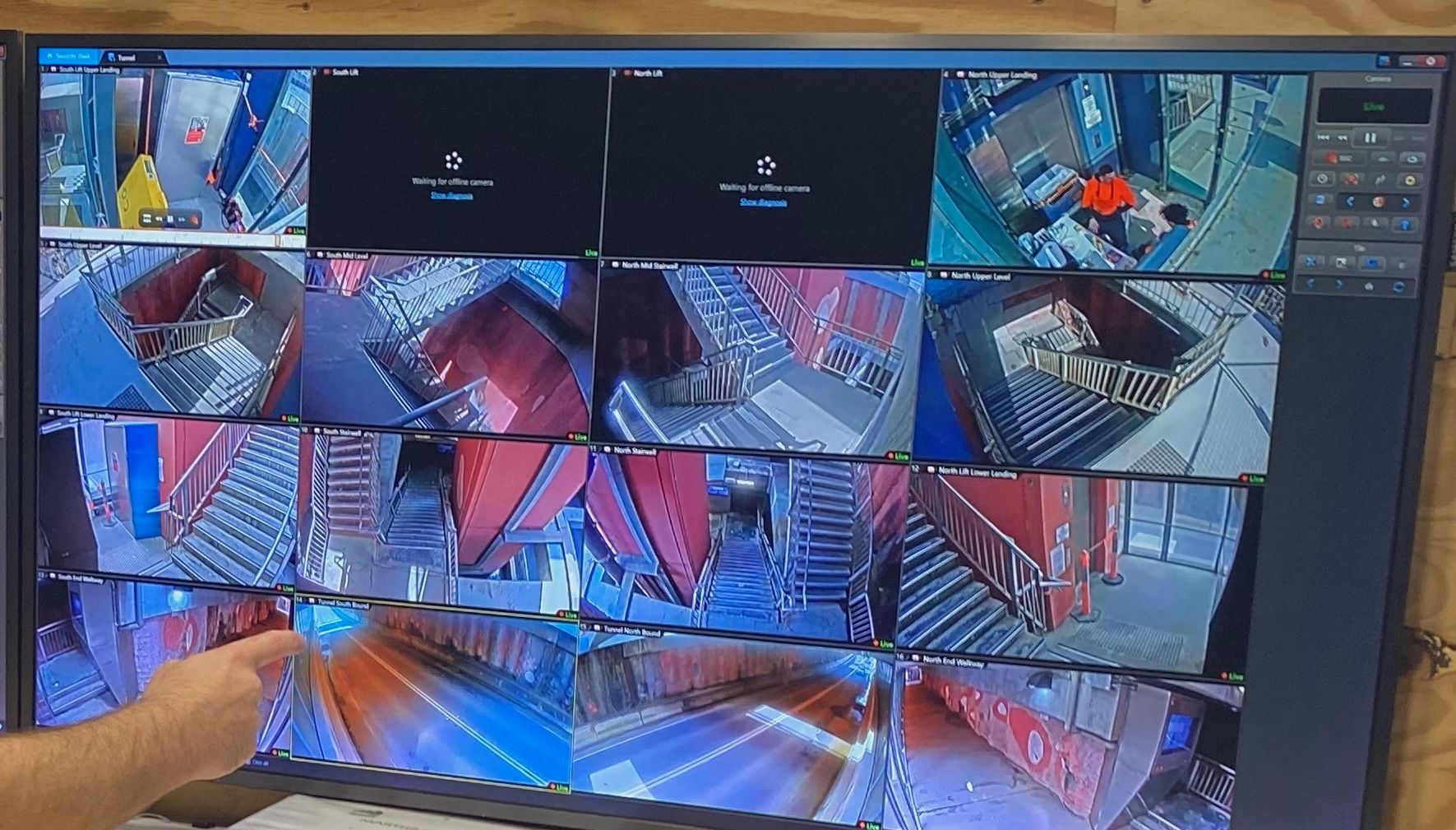
In the ever-expanding realm of security, video surveillance has become a cornerstone for safeguarding assets, people, and premises. As organisations increasingly integrate sophisticated video surveillance systems into their security infrastructure, understanding the IT needs associated with these systems becomes paramount. In this blog post, we will delve into the crucial aspects of IT requirements for video surveillance, shedding light on the intersection between security and technology.
1. Bandwidth Considerations: As video surveillance systems transition to high-resolution cameras and adopt advanced features such as video analytics, the demand for bandwidth increases significantly. Understanding your network's bandwidth capacity and ensuring it aligns with the requirements of your video surveillance system is crucial. This involves evaluating the number of cameras, their resolutions, and the frame rates they operate at.
Actionable Recommendations: Conduct a thorough network assessment to determine current bandwidth utilisation and potential bottlenecks before implementing or upgrading your video surveillance system.
2. Storage Capacity and Scalability: Video data can quickly accumulate, placing a substantial burden on storage systems. Organisations must carefully assess their storage needs, taking into account factors like video retention periods and the resolution of captured footage. Investing in scalable storage solutions ensures that the system can accommodate future expansions without compromising performance.
Actionable Recommendations: Employ intelligent storage management solutions that allow for efficient data compression, archival, and retrieval based on predefined policies.
3. Network Infrastructure: The reliability and resilience of the network infrastructure are paramount for video surveillance systems. Organisations should ensure that their network components, including switches, routers, and cabling, are capable of handling the demands of continuous video streaming and data transmission.
Actionable Recommendations: Consider implementing a dedicated network for video surveillance traffic to minimise interference with other critical business operations.
4. Cybersecurity Protocols: With the integration of video surveillance into networked environments, cybersecurity becomes a top priority. Protecting against unauthorised access to video feeds, securing stored footage, and safeguarding against cyber threats are critical components of a comprehensive cybersecurity strategy.
Actionable Recommendations: Implement strong access controls, regularly update firmware, and leverage encryption protocols to secure video surveillance systems from cyber threats.
5. Integration with IT Infrastructure: Integrating video surveillance systems with existing IT infrastructure is essential for seamless operation. This involves ensuring compatibility with network protocols, centralised management through IT platforms, and interoperability with other security and business systems.
Actionable Recommendations: Collaborate with IT teams to ensure alignment with organisational IT policies, protocols, and future technology roadmaps.
6. Remote Accessibility: The ability to access video feeds remotely has become a standard requirement for many organisations. Enabling secure remote access involves configuring firewalls, implementing virtual private networks (VPNs), and deploying multi-factor authentication to protect against unauthorised access.
Actionable Recommendations: Choose video surveillance solutions that provide secure and user-friendly remote access options, ensuring the accessibility of critical video data from anywhere.
As video surveillance continues to evolve, the IT needs associated with these systems become increasingly intricate. From bandwidth considerations to cybersecurity protocols, organisations must carefully navigate the intersection of security and technology. By understanding and addressing the IT requirements of video surveillance, businesses can deploy robust, scalable systems that not only enhance security but also integrate seamlessly into their overall IT infrastructure.
Talk to our technicians today about IT requirements that can help to implement an effective surveillance system: (03) 9250 4000
